Jellyfish are living proof that you don’t need a brain to be a menace—or a marvel. These mysterious, gelatinous drifters have been floating through Earth’s oceans for over 500 million years, outlasting dinosaurs and watching entire species rise and fall. And yet, they remain some of the strangest, most misunderstood creatures on the planet.
Some glow like alien spacecraft. Others are functionally immortal. A few can deliver a sting so painful it’ll make you question every life choice that led to that beach trip. Oh, and did we mention that some jellyfish are capable of completely liquefying their prey?
There’s so much more to these ocean oddities than meets the eye—literally. Some don’t even have eyes. But what they lack in traditional features, they make up for in bizarre abilities. Get ready to learn some mind-bending facts about jellyfish that will stay with you long after you leave the shore.
Jellyfish are Surprisingly Ancient
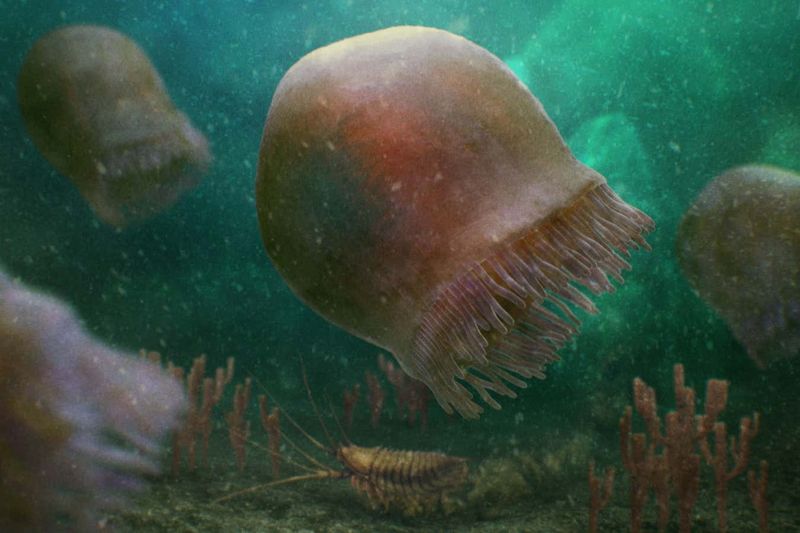
Jellyfish have been around for over 500 million years, making them one of the oldest living creatures on Earth. They predate dinosaurs and have survived through multiple mass extinctions. This ancient lineage gives them an air of mystery and resilience.
Their simple anatomy, lacking a brain and heart, has allowed them to adapt and thrive in various ocean environments. Despite their primitive nature, jellyfish have a complex life cycle involving both sexual and asexual reproduction.
Their longevity and adaptability continue to fascinate scientists and inspire research into their evolutionary success.
They Lack a Brain and Heart
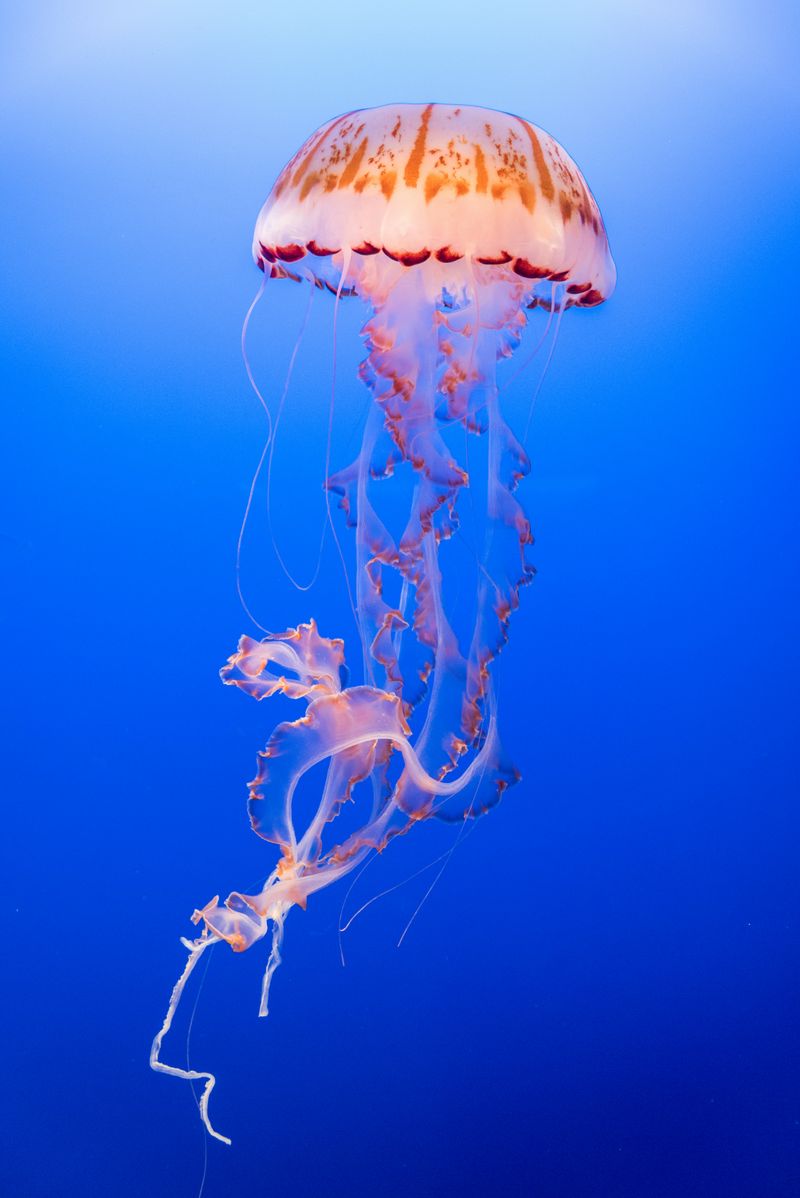
One of the most intriguing aspects of jellyfish is their lack of a brain and heart. Instead, they have a network of nerves, known as a nerve net, that helps them sense their environment and coordinate movement.
This nerve net allows jellyfish to respond to stimuli and navigate the ocean with surprising efficiency. Their simple but effective design is a marvel of nature, enabling them to survive in diverse marine habitats.
Despite their lack of complex organs, jellyfish perform essential ecological roles, such as controlling plankton populations and serving as prey for other marine animals.
Some Can Glow in the Dark
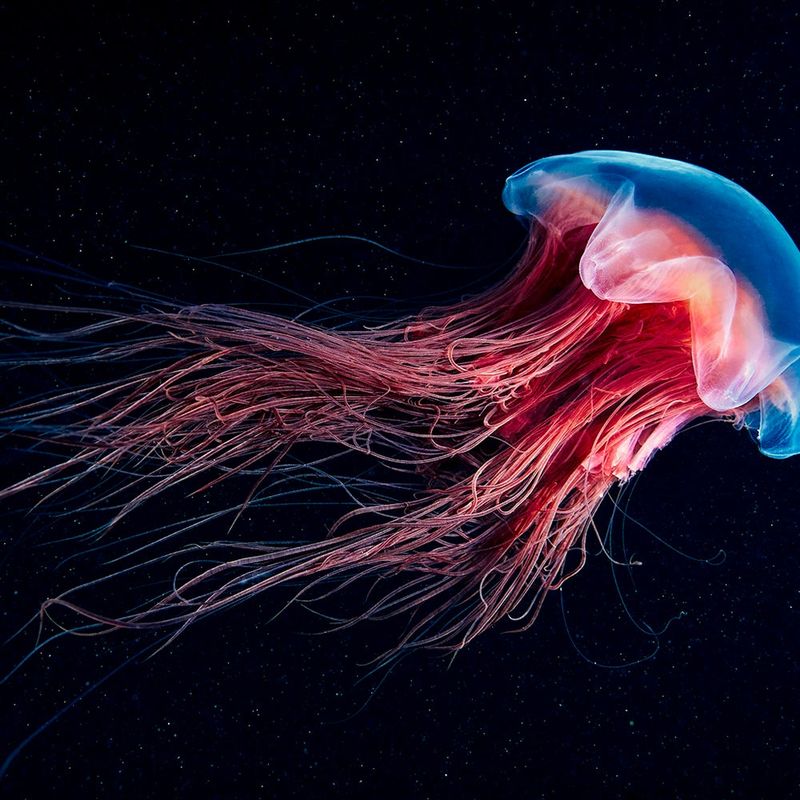
Certain species of jellyfish possess bioluminescence, the ability to produce their own light. This glowing ability is used for various purposes, including attracting prey and deterring predators.
Bioluminescence occurs through a chemical reaction in specialized cells called photocytes, which emit light in mesmerizing patterns. This natural light show is one of the ocean’s most enchanting spectacles.
While not all jellyfish glow, those that do add a magical quality to the underwater world, captivating divers and researchers alike with their ethereal beauty.
Box Jellyfish are Deadly
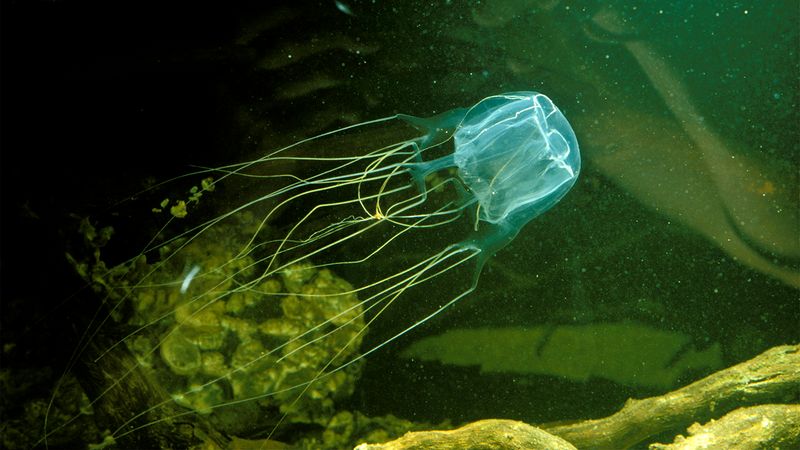
The box jellyfish is infamous for its potent venom, which can be deadly to humans. Found primarily in the waters around Australia and Southeast Asia, box jellyfish stings can cause severe pain, paralysis, and even death.
Their venom contains toxins that attack the heart, nervous system, and skin cells, making them one of the most dangerous creatures in the ocean. Despite their lethal reputation, box jellyfish are fascinating subjects of scientific study.
Researchers are exploring their venom for potential medical applications, hoping to turn this deadly feature into a source of healing.
They Are Mostly Water
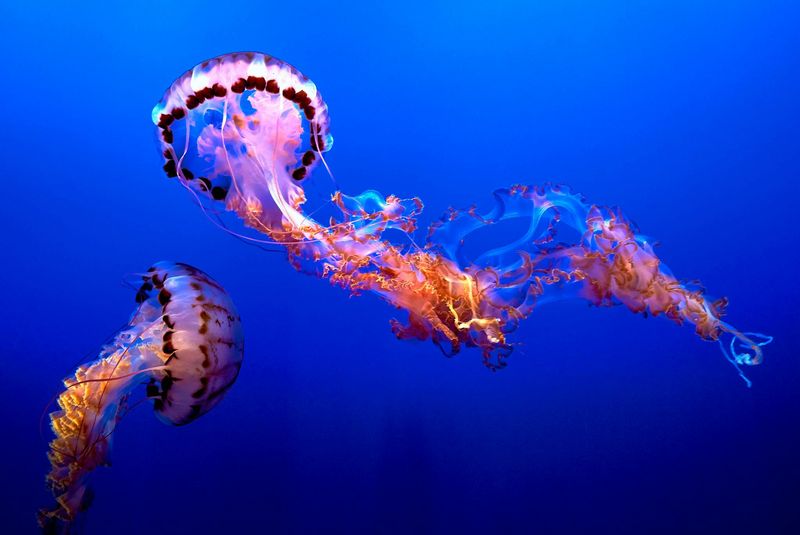
Jellyfish are composed of approximately 95% water, giving them their distinctive gelatinous appearance. This high water content allows them to float effortlessly and maintain their delicate form.
Their translucent bodies are both haunting and beautiful, reflecting light in captivating ways as they drift through the ocean. This simple composition makes jellyfish unique among marine life, as they lack the rigid structures found in other animals.
Their watery makeup is a testament to nature’s creativity in designing organisms that can thrive in the vast and varied marine environment.
They Have a Unique Life Cycle
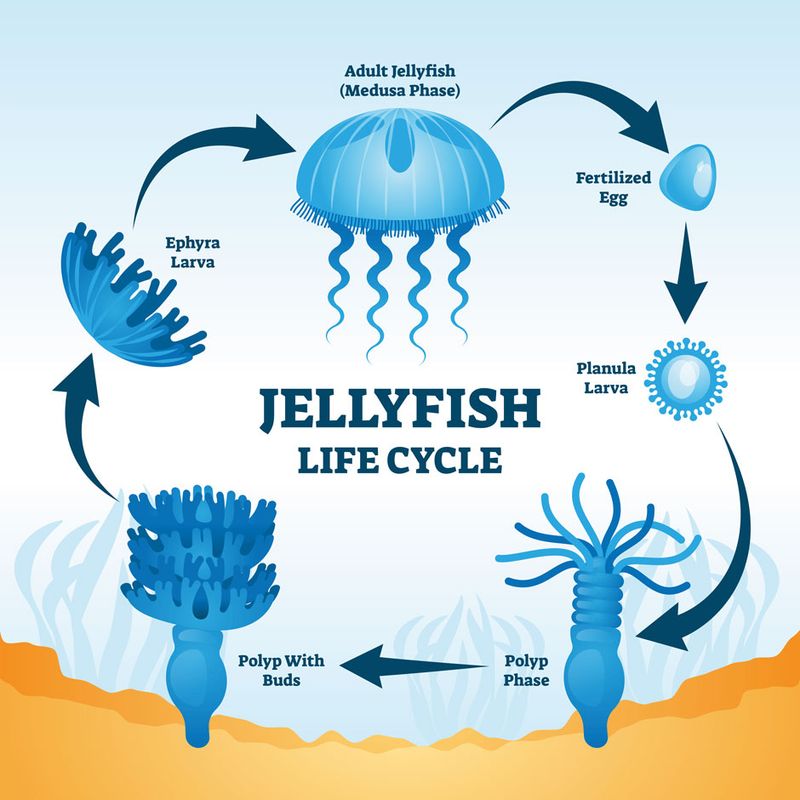
Jellyfish undergo a complex life cycle that includes both asexual and sexual reproduction. It begins with the polyp stage, where they attach to a solid surface and grow.
From the polyp, they develop into the medusa stage, the familiar free-swimming form we recognize as jellyfish. This transformation is a wonder of biology, showcasing their adaptability and resilience.
The ability to reproduce in different ways allows jellyfish to populate various ocean regions, ensuring their survival and continued evolution in the ever-changing marine world.
Jellyfish are Efficient Predators
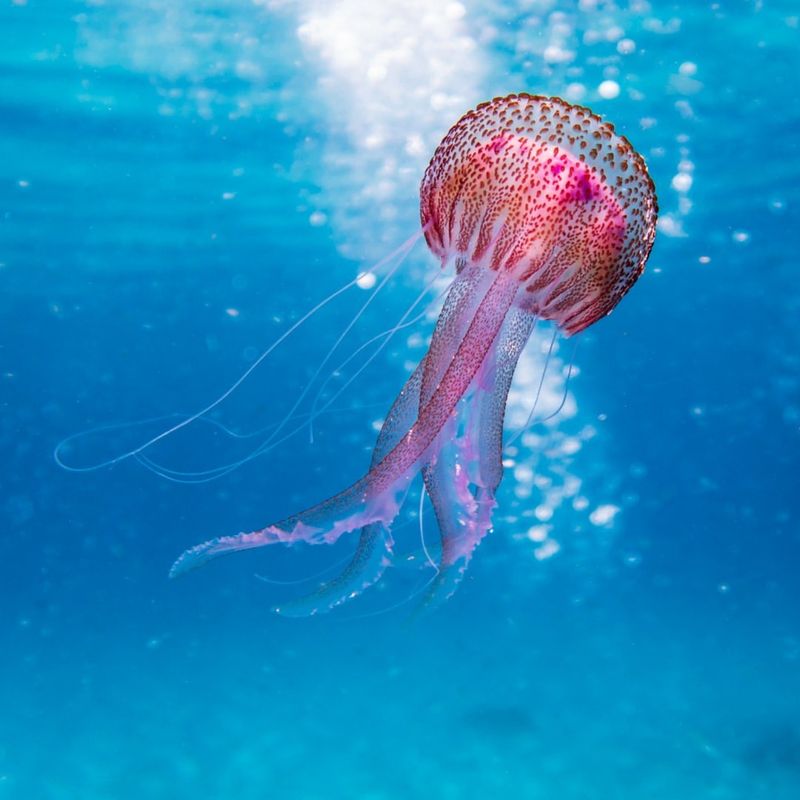
Despite their simple structure, jellyfish are effective predators, feeding primarily on small fish and plankton. Their tentacles, lined with specialized cells called nematocysts, deliver venomous stings to capture and immobilize prey.
This predatory efficiency plays a crucial role in controlling plankton populations, maintaining ecological balance in marine ecosystems. Jellyfish drift with ocean currents, using their tentacles to ensnare unsuspecting prey.
Their hunting strategy is a remarkable example of evolutionary adaptation, showcasing nature’s ingenuity in crafting creatures that can thrive in diverse aquatic environments.
Some Jellyfish Can Revert to an Earlier Stage
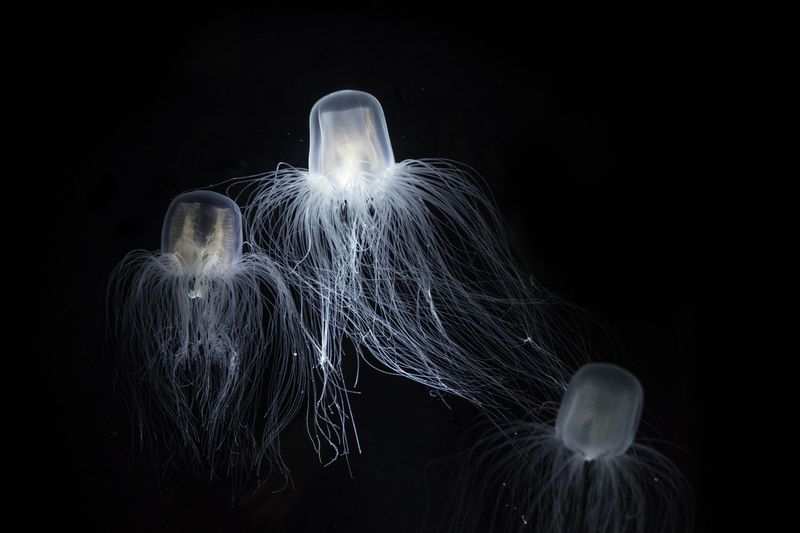
One of the most astonishing features of some jellyfish species is their ability to revert to an earlier stage of life. This process, known as transdifferentiation, allows them to transform back into a polyp after reaching maturity.
This unique capability essentially grants them biological immortality, as they can repeat this cycle indefinitely. Scientists are intrigued by this phenomenon, exploring its potential implications for aging research.
The ability to defy death in this way adds a layer of mystery to jellyfish, making them a subject of intense scientific interest and admiration.
They Have No Bones
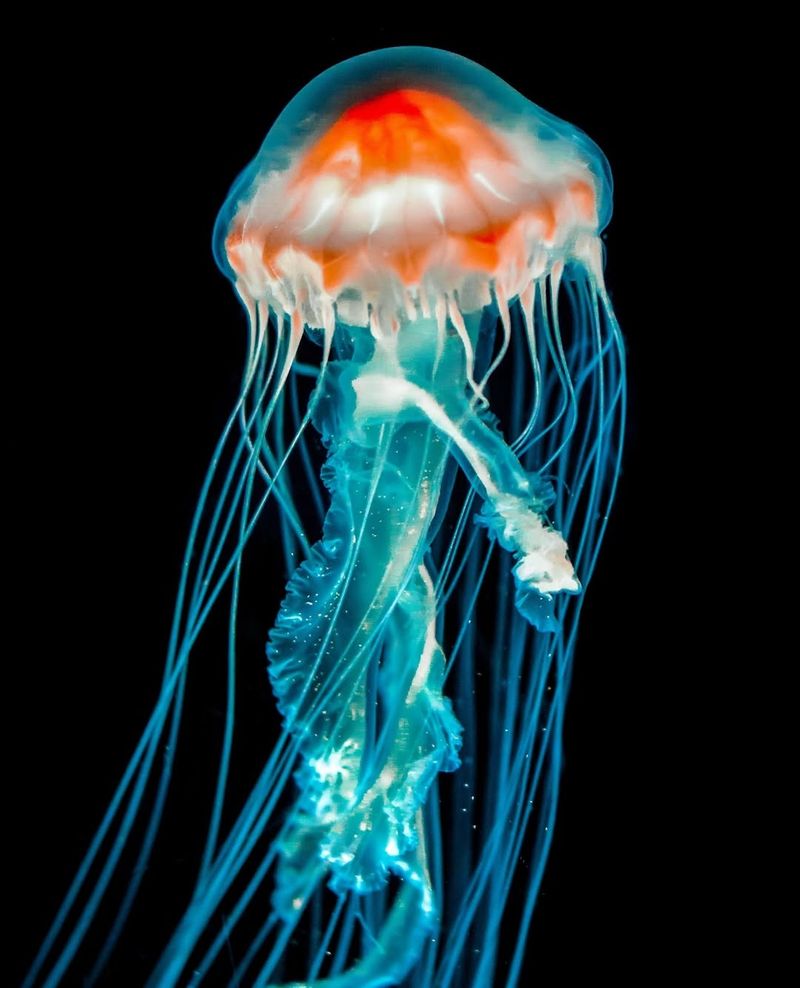
Jellyfish lack bones, shells, or any hard structures, relying instead on their gelatinous bodies for support. This absence of rigid features allows them to move with grace and fluidity through the water.
Their boneless design is a marvel of evolutionary adaptation, enabling them to thrive in ocean currents and avoid predators. As they drift, their tentacles trail behind, creating an otherworldly spectacle.
This unique anatomy challenges our understanding of what it means to be an animal, offering insights into the diverse ways life can manifest in the marine world.
Jellyfish Blooms Can Disrupt Ecosystems
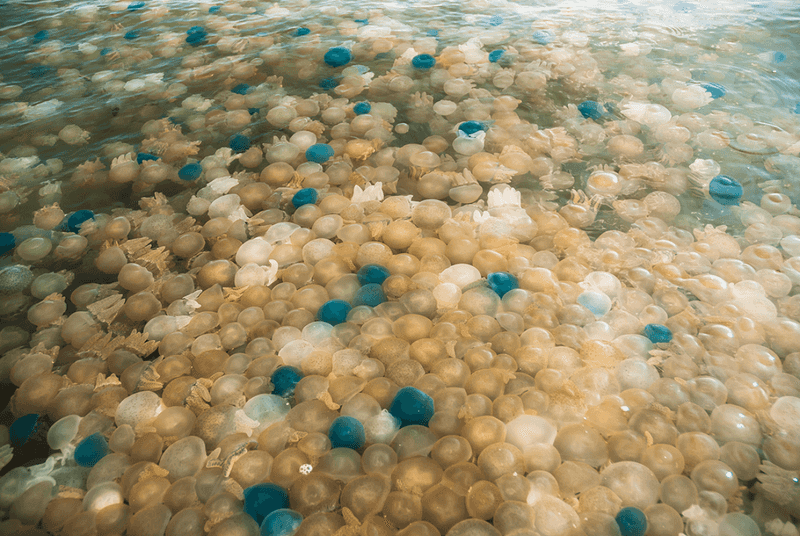
Occasionally, jellyfish experience population explosions known as blooms. These blooms can disrupt marine ecosystems by depleting food sources and outcompeting other marine life.
Jellyfish blooms are often triggered by environmental changes, such as rising sea temperatures and pollution, which create favorable conditions for their growth. These events highlight the delicate balance of ocean ecosystems and the impact of human activity.
While blooms can be destructive, they also offer opportunities for scientists to study jellyfish behavior and ecology, contributing to our understanding of marine biology.
They Can Live in Both Warm and Cold Waters

Jellyfish are remarkably adaptable, inhabiting both warm and cold ocean waters around the world. Their ability to thrive in diverse climates is a testament to their evolutionary success.
From tropical coral reefs to the icy waters of the Arctic, jellyfish have found ways to survive and flourish. This adaptability allows them to occupy a wide range of ecological niches, playing various roles in different marine environments.
Their presence in such varied habitats underscores their resilience and the dynamic nature of life in the ocean.
Jellyfish are a Delicacy in Some Cultures

In various Asian cultures, jellyfish are considered a delicacy, enjoyed for their unique texture and flavor. They are often served in salads, soups, or as a standalone dish, appreciated for their culinary versatility.
Jellyfish are typically processed to remove their stinging cells, making them safe and palatable for consumption. This culinary use reflects the cultural appreciation of diverse food sources and the creativity in adapting marine life for human consumption.
The practice of eating jellyfish highlights the intersection of culture, cuisine, and biodiversity, offering a glimpse into the rich tapestry of global gastronomy.
They Have Inspired Medical Research

Jellyfish have been a source of inspiration for medical research, particularly in the field of regenerative medicine. Their ability to regenerate damaged tissues and revert to earlier life stages has sparked interest in potential applications for human health.
Researchers are exploring the genetic and biological mechanisms behind jellyfish regeneration, hoping to unlock new treatments for human diseases. This intersection of marine biology and medicine offers exciting possibilities for the future.
Jellyfish continue to inspire scientific exploration, bridging the gap between ocean life and human health in unexpected and innovative ways.
Some Jellyfish can Clone Themselves

Certain species of jellyfish have the remarkable ability to clone themselves, producing genetically identical offspring. This asexual reproduction allows them to quickly increase their numbers, ensuring survival in challenging conditions.
Cloning occurs during the polyp stage, where individual polyps can produce multiple medusae, the free-swimming form of jellyfish. This reproductive strategy demonstrates their adaptability and resilience.
The ability to clone themselves offers insights into the diverse reproductive strategies of marine life, showcasing nature’s creativity in sustaining species across generations.

